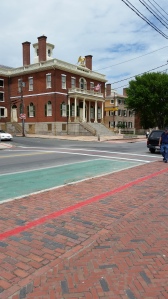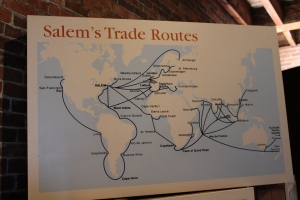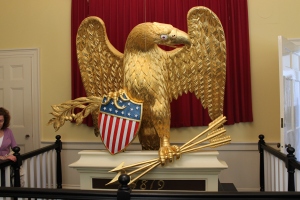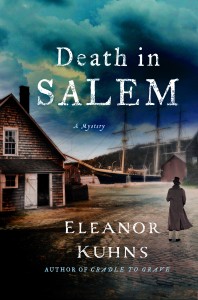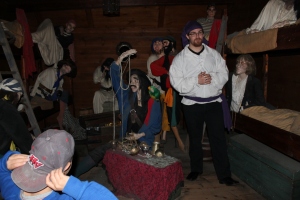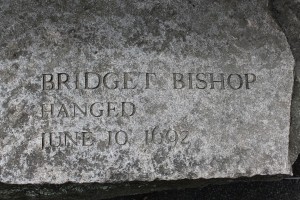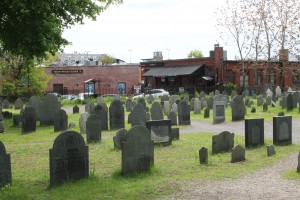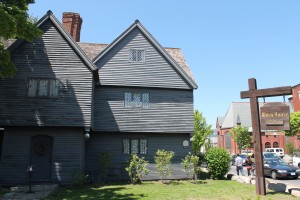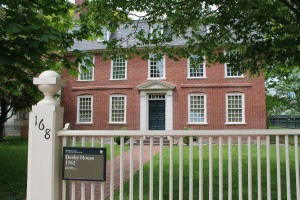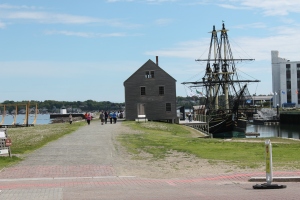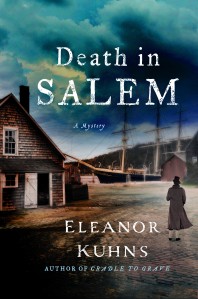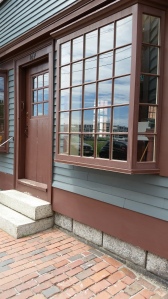In my new book, A Death in Salem, I use the tunnels under the city as an important plot device. Tunnels? Under Salem?
True, and one can see the remnants of these tunnels on a tour through the city, especially the great houses.
Salem has a long history as a maritime city. It was an era when smuggling was so accepted even gentlemen engaged pretty openly in smuggling. Don’t believe me? Well, in New York protection money was paid to Governor Fletcher and Thomas Tew, a Rhode Island Pirate, was frequently Fletcher’s dinner guest.
According to Salem Secret Underground by Christopher Jon Luke Dowgin, tunnels in Salem dated at least from 1667.
If people remember their American History, one of the causes leading to the War for Independence was the number of Acts and duties imposed on not just American goods but goods being imported into the colonies. Textiles, sugar, molasses – just about everything was taxed. To make matters worse, these were not duties imposed by an American government, but a government across the ocean. And a lot of the funds were used to pay troops who then patrolled for smugglers. One of the taglines from this period was ‘No taxation without representation.”
Furthermore, American ships were prohibited from sailing to India, for example, so all goods imported from the East had to come on British ships with the attached duties. American ships were permitted to sail to the Caribbean but with limits. Needless to say, American captains tried to circumvent these laws as best as they could. (No American ship went to the East until 1783 when Derby’s Grand Turk sailed to Indonesia. She returned with a cargo of pepper, a cargo that was sold at a 700 % profit.) As British imports flooded the market, the goods made in the Colonies rotted. There was no market for them.
The proscriptions upon American (Colonial) Trade enraged the Colonists. The Boston Tea Party was really the destruction of British imported Chinese tea. So American ships turned to smuggling and a lot of them became folk heroes. Britain tried to stop the smuggling by blockading the cost and stopping American ships (and impressing American seamen too.) And this became another flashpoint leading up to Revolution.

